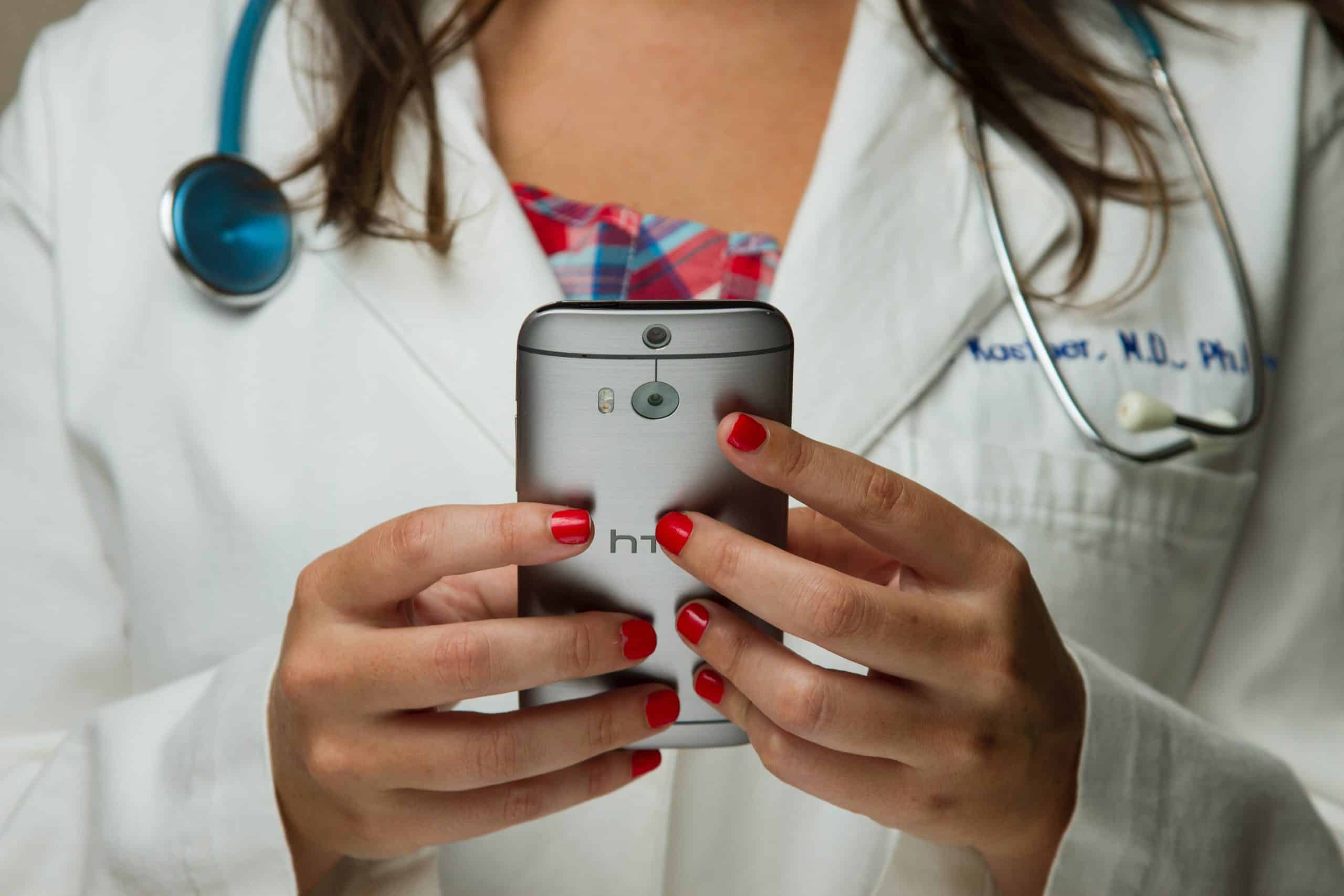We may earn money or products from the companies mentioned in this post.

Telehealth, the Future of Healthcare?
Lately, I am sure everyone has experienced the extended wait times at a hospital or doctor visit. Unless your issue is a life threatening emergency you likely have waited for those ahead of you. During the peaks of Covid-19 infection rates they were especially bad wait times, if you even could get in. It was even a risk to go to the hospital, so you had to really be sure you needed to be there. With the steadily increasing population and limited healthcare workers being stretched further and further everyday, we needed a way to ease the burden on patients and workers alike. That solution was telehealth.
Rise in Use of Remote Health Services
While the idea of remote healthcare services is not new and has been around for some time, the Covid-19 pandemic brought remote services front and center. The public seemed to approve. “In 2021 forty percent of patients say they interacted with their healthcare providers more because of telehealth, according to GoodRx research released in that November”. In fact, thirty-four percent said they had no choice but to use remote service options. It’s also noted that patients satisfaction levels were nearly comparable to in-person visits with a doctor. Telehealth had provided a great relief to the strain on healthcare workers. With the rise in population and the retiring of the large baby-boomer generation soon, surely it’s need will continue.
On the physician side of things, the consensus is that telehealth was a good thing for the healthcare system by a majority. An overwhelming ninety-six percent said telemedicine was good for patient encounters and more training should be pushed for it. It increased their productivity and reach for getting to more patients in less time. During critical Covid-19 worker shortages it was a crucial point of relief.
Popular Telehealth Services
- Teladoc https://www.teladoc.com/– Probably the most well known and used remote health service. Teladoc is offered widely and with many insurance plans at little or no extra cost. They have also been scooping up other related companies in an effort to expand. Primarily used for traditional remote doctor visits for checkups and follow-ups.
- Livongo https://www.livongo.com/– Similar to Teladoc but instead of focusing on health issues, they focus on health improvement plans to get you better. They offer health data tracking for their users to adjust from. Teladoc recently bought them out and became the parent company.
- Amazon Care https://amazon.care/– A more recently announced service but in no way small. Amazon already being a large company wanted to get into the telemedicine game and created their own program which they offer to their employees, which is no small number of people, as I am sure we all know. It will be interesting to see how Amazon changes the playing field.
The Dangers of Telehealth
With all the good remote medicine brings to the table, it also brings new challenges. While remote diagnosis can have it’s advantages, it can bring the disadvantages as well. One of the jobs of a physician is to keep an eye out for drug abuse when prescribing patients medication. The unfortunate side effect of diagnosing remotely is that it makes it harder to do just that.
In the year twenty-twenty 93,000 people died from drug overdoses and only fifty percent of physicians said they were confident they could recognize drug abuse symptoms at all from a telehealth visit. It should be mentioned that during the Covid-19 pandemic mental health was at a low for a lot of people and most likely played a part in the increased overdoses. Still, it is a huge concern for telemedicine. It makes keeping an eye out for drug abuse a lot more difficult and needs to be addressed carefully going forward. New technologies will have growing pains.
Conclusion
While telehealth services clearly have their bumps to work through, they are likely here to stay. With the increasing population and strain on workers, telehealth is a relief and the future of healthcare. With workers overwhelmingly in support of remote diagnosis tools and a large portion of patients willing to use the service it seems to be the right direction to go in. We can hope that they develop a way to better control the prescribing of addicting medications soon. In the meantime, however, the good seemingly outweighs the bad. So, call your doctor’s office, and insurance company. Ask them if they provide telehealth services. I am sure there will be a moment it will come in handy.
You Might Like-https://www.thefullbyte.com/2022/06/15/starlink-coming-to-everywhere/

